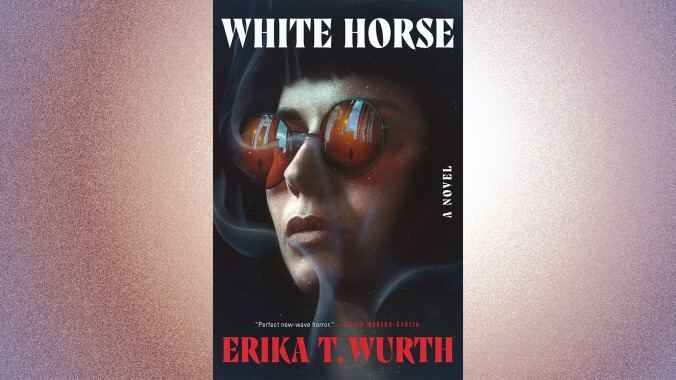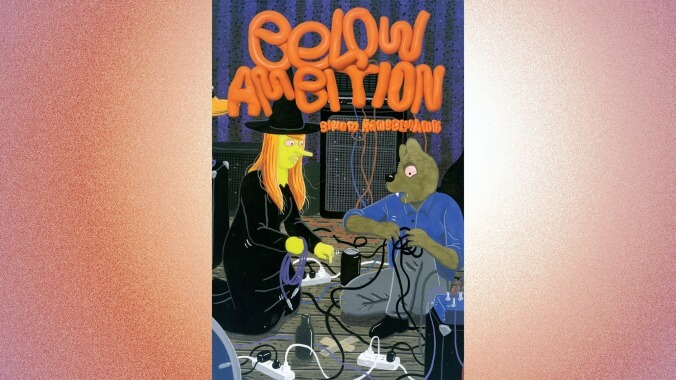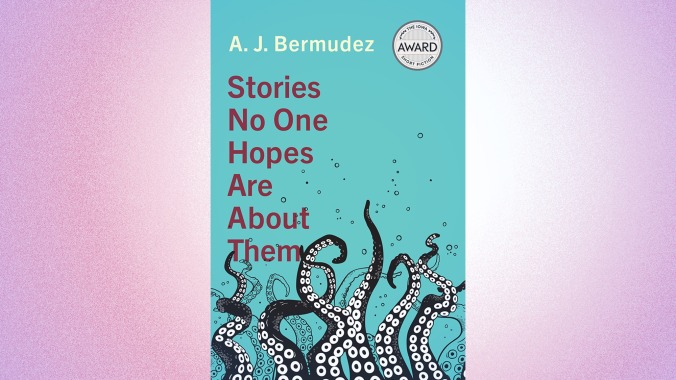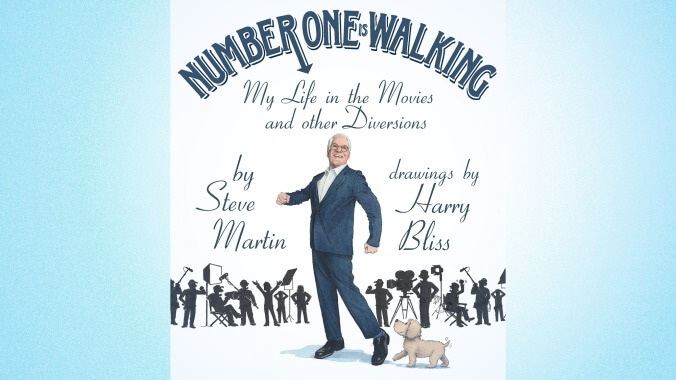10 books you should read in November, including Steve Martin's Number One Is Walking and Bob Dylan's Philosophy Of Modern Song
Also check out Lights, Camera, Accordion! Eye-popping Photographs Of "Weird Al" Yankovic, a comics anthology, and more 'Racist' stories from Amber Ruffin
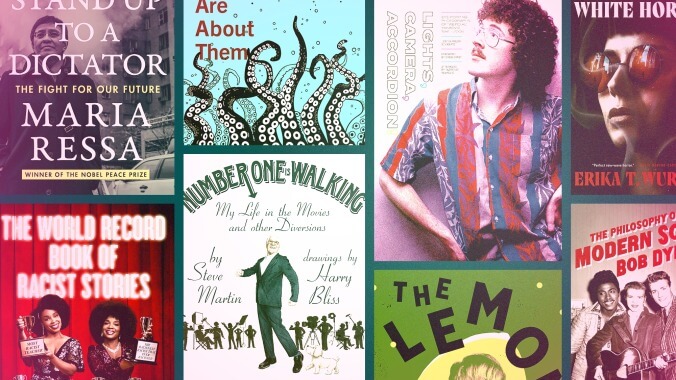
Clockwork from bottom left: The World Record Book Of Racist Stories (Image: Grand Central Publishing); Stand Up To A Dictator (Image: Harper); Stories No One Hopes Are About Them (Image: University of Iowa Press); Lights, Camera, Accordion! (Image: 1984 Publishing); White Horse (Image: Flatiron); The Philosophy Of Modern Song (Image: Simon & Schuster); The Lemon (Image: Viking); Number One Is Walking (Celadon Books)
November brings a wave of new book titles arriving in just in time for the holiday shopping season. The A.V. Club has sorted through the best of these options to highlight 10 books we’re most excited about, including an illustrated memoir from comedy legend and Only Murders In The Building star Steve Martin, a photographic trip down memory lane with Weird Al Yankovic, and the illuminating thoughts of Bob Dylan as he analyzes over 60 songs from other artists such as Elvis Costello, Nina Simone, Cher, and Hank Williams.
Join the discussion...

